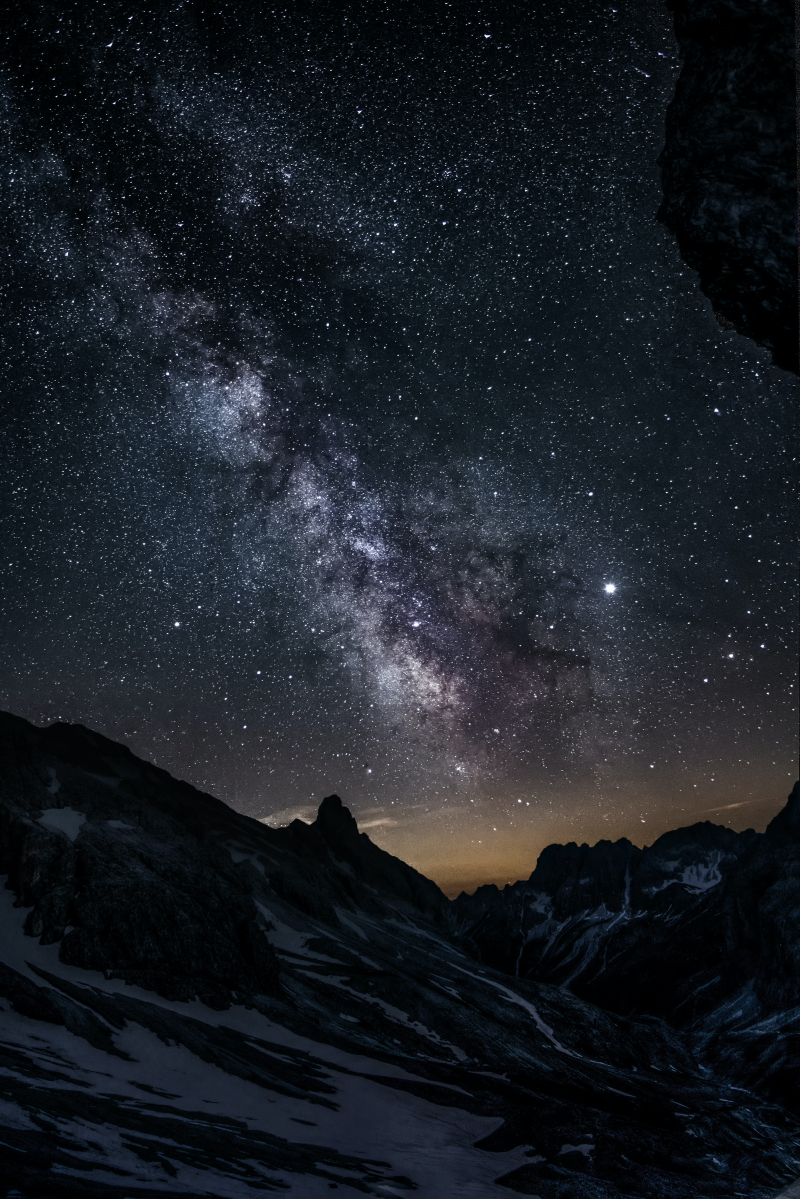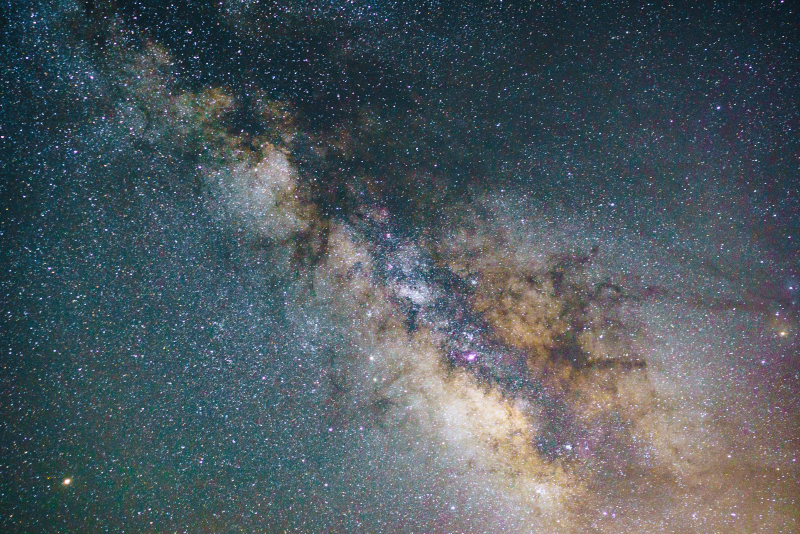Early Galaxies
Once, it was believed that it would take billions of years for galaxies to form because heavier gases like oxygen and carbon have to be created by the conversion of lighter gases like hydrogen, helium, and lithium in a temperature that could practically melt subatomic particles.
Nevertheless, according to a study by NASA that was published in June 2020, stars and galaxies began to form within 650 million years of the universe's creation, while everything was still shrouded in hydrogen darkness, based on background radiation tests in the cosmos. The prevailing idea holds that galaxies originate with such extraordinary speed under such early conditions as a result of gas clouds slamming into one another violently.
It makes sense that these ancient galaxies would be at the edge of the known universe's expansion, at its furthest reaches. Before danger arose, they got to enjoy a few hundred million years of tranquility. The first superdense black holes appeared when the cosmos was a billion years old. More than 10 billion years is still a pretty decent run, despite some theories that black holes may eventually kill huge galaxies with their hundreds of billions of stars.












